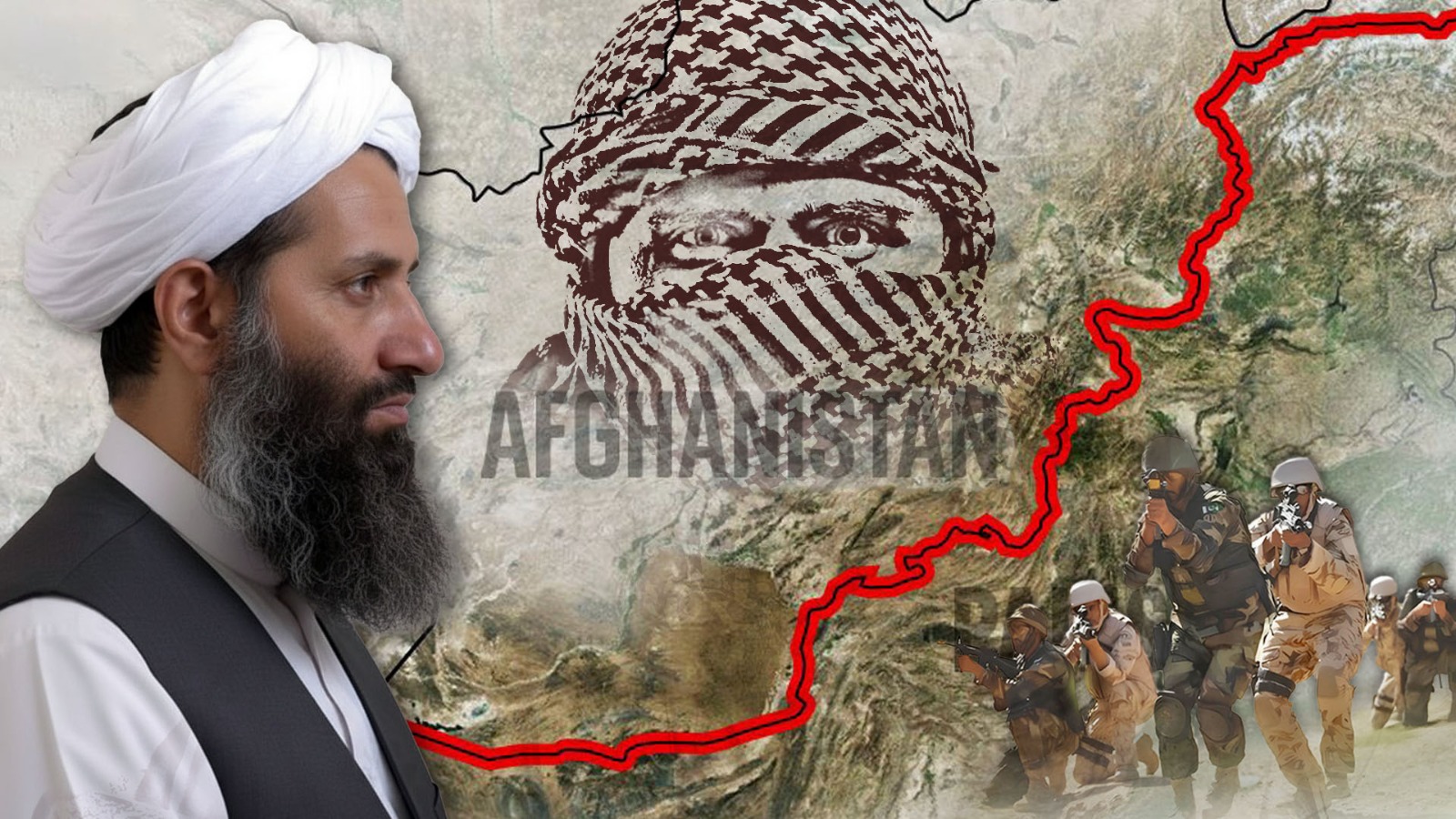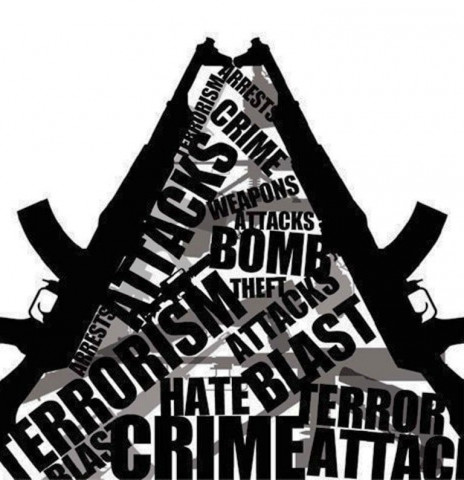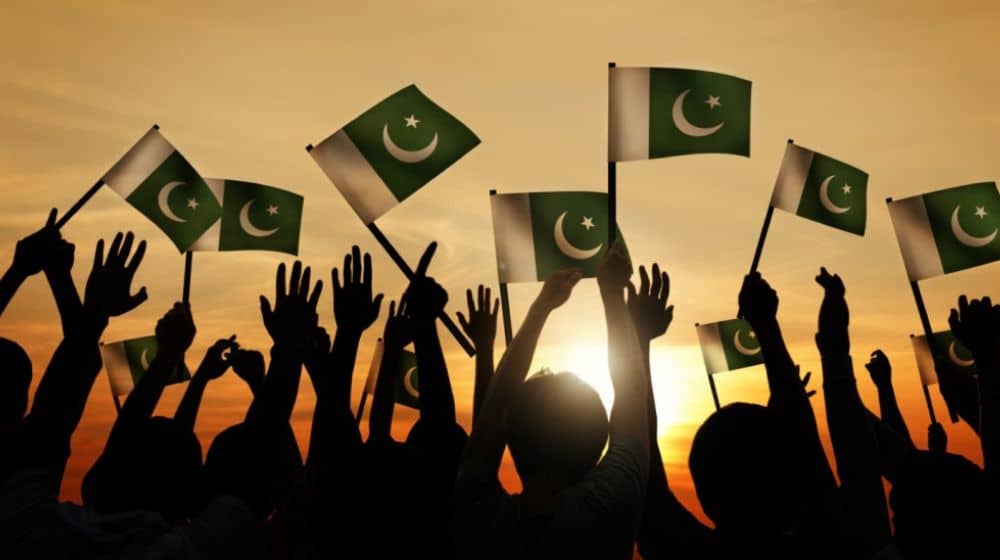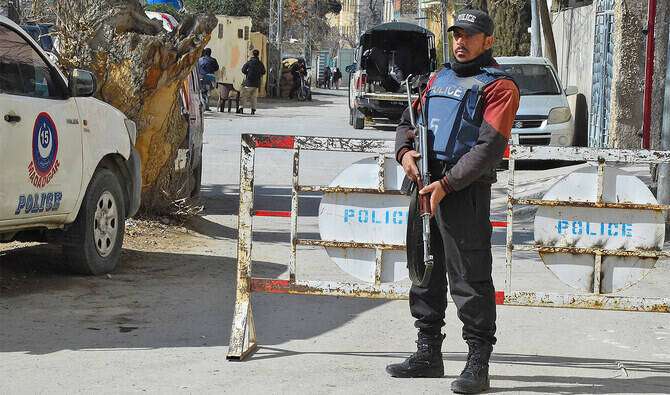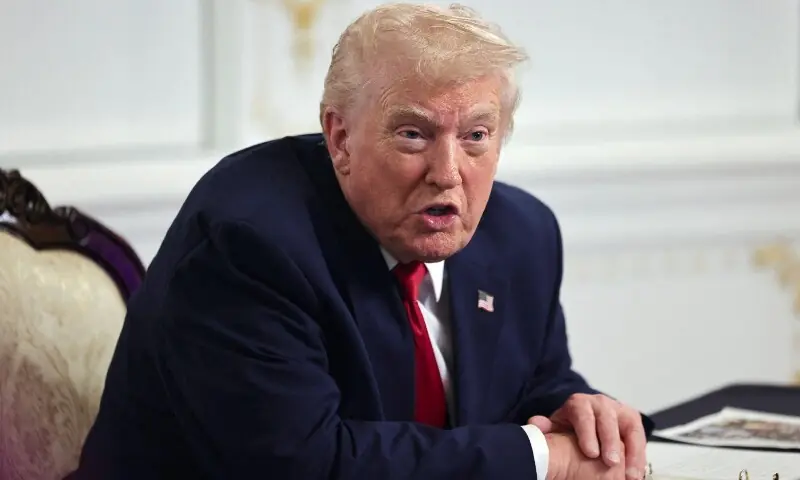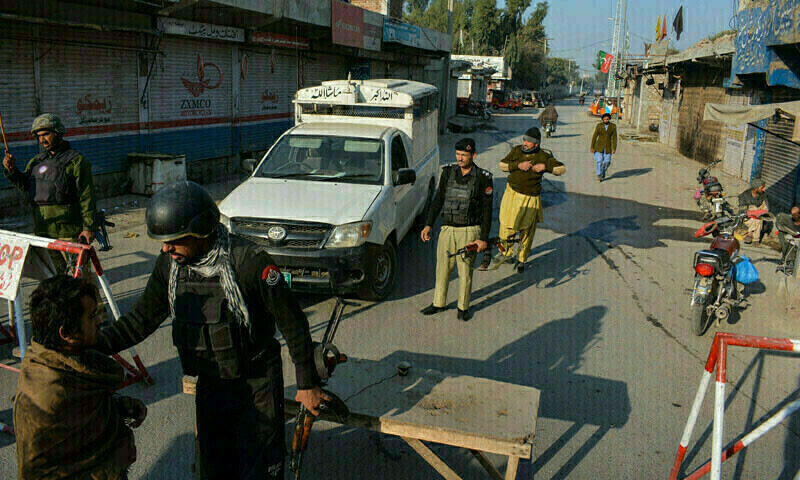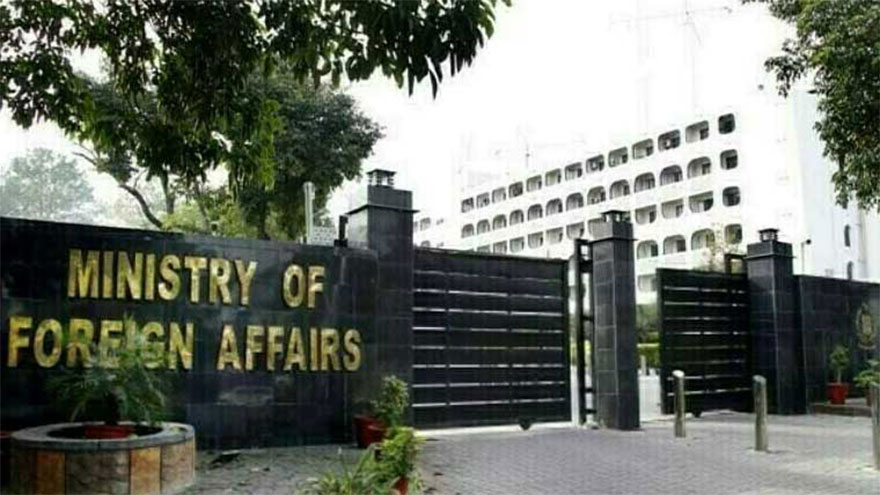It takes a lot to look back in time to find a few instances in the rocky history of the province of Khyber Pakhtunkhwa (KPK) as fraught and violent as the past twenty years. A cradle of hospitality and hardy self-reliance has been transformed into a battleground of terrorism and instability, stained in the blood of innocent people, destroyed by militancy, and deliberately attacked by a long-term proxy war launched by India to undermine Pakistan internally by nuclear means.
In the present, the valleys which used to resonate with the sound of guns are now resonating with the sounds of bricks and mortar, lectures, and tourist movement. The story of KPK is no longer one of despair, but of resistance, honor, and growth. However, this revival has not been done in a vacuum. It is an epiphenomenon of Pakistan and its cross-domain response to Indian covert hybrid warfare, of which KPK is again both the battleground and the comeback monument.
The Khyber Pakhtunkhwa (with the significant geostrategic background of the international border and the intense tribal forces) has traditionally been the target of external manipulation. In the aftermath of 9/11, Pakistan emerged as the West-turned-reluctant ally in the War on Terror, which enabled India the ability to establish an eastern front using non-state actors and narrative subversion.
Through its network of consulates in the border cities of Afghanistan, including Jalalabad and Kandahar, the Indian intelligence agency RAW started to fund, train, and arm fragments of the Tehrik-e-Taliban Pakistan (TTP), splinter groups of the Balochistan Liberation Army (BLA), and what was becoming the Pashtun Tahafuz Movement (PTM). These forces were not only sent into the field to carry out kinetic operations, but were designed to tear apart ethnic, religious, and ideological fault lines.
There were assassinations in Waziristan to bombings in Swat, virtual anti-state campaigns out of Europe to foot-soldier ethnic victimhood agitation on the ground, and the aim was unmistakable: to create a crisis in KPK to divide Pakistan and its place in the world.
This kind of hybrid war did not involve boots on the ground. It employed the suicide vest as its chessmen, and hashtags as grenades.
The reaction of Pakistan to this campaign was reactive and military-dominated, as it aimed at clearing out terrorist safe havens in a set of kinetic operations: Rah-e-Rast, Zarb-e-Azb, Radd-ul-Fasaad. It is KPK and the unified tribal districts (previously FATA) in particular that became the victims of both the machete of the militants and the counter-process of the state.
Nevertheless, as of 2019, the state has begun transitioning its strategy from simply clearing the territory to stabilizing the peace. The integration between civilians and the military intensified. There was a slow process of restoration of civil rule in frontier areas. The transition of FATA into KPK represented a significant constitutional first, as destabilizing proxies had opposed the measure due to its impact on the center of their disorderly economy.
Development projects complemented security installations. Levies and police forces were integrated with local youth. Women were introduced to community participation. Schools opened in places where the militants used to reign using whips and sermons. This was no longer the Taliban mess. It was all the people.
India was unable to win on the battlefield, so it attempted to win through information warfare. Under its local guise of PTM, a complex and sickening narrative took shape, where the Pakistani state was an “oppressor” of Pashtuns, forgetting how it was being blown up by RAW-linked organizations such as the TTP, who were blowing up girls’ schools, markets, and mosques.
Funded think tanks, influencers stationed in other countries, social media armies- the campaign against the military in Pakistan was a coordinated one. Hashtags such as PashtunGenocide received increased coverage in Indian media, and BLA-TTP affiliates posing as activists headed over to Western publications with shining op-eds.
But Pakistan has come to know how to fight back not just through censorship but through narrative counter-surges as well. A new state body, the Perception Development Organisation (PDO), is now collaborating with local storytellers, filmmakers, and journalists to develop genuine and pro-Pakistan Pashtun narratives. Whether it is Swat-based YouTube channels or the tribal elders of Dir conducting digital Jirgas, this war of words is being waged by the very people that India had attempted to weaponize.
The economic revival in KPK is also remarkable. Mobility and trade are changing through projects such as the Swat Motorway, Dir-Chitral connectivity roads, and Special Economic Zones in Rashakai. Where military convoys once braced to travel, there are now tourists, traders, and truckers.
Chinese investment in the southern CPEC regions is shifting to the northern nodes as the potential of the area in minerals and hydroelectric power is being revealed. NADRA and SMEDA are backing youth entrepreneurship programs that are yielding locally incubated technology start-ups in Peshawar and Abbottabad.
Tourism is skyward once more. The ski resorts at Malam Jabba are in operation. In summer, Kumrat Valley is crowded. Chitral and Kashmir bring in foreign backpackers, with every photograph of a smiling child on a chairlift in Swat, a thousand RAW-paid stories crumble on their falsehoods.
There is a roaring back of KPK, culturally too. Pashto music found its voice again. Peshawar and Bannu are hosting literature festivals again. The stereotype that Pashtuns are helpless victims is seeing its end in its natural course as the art, culture, and faith are reviving themselves both in the digital and real world.
New Delhi has severely misunderstood the tapestry of Pakistani nationalism, not least in KPK. It was a fault that Indian strategists attempted to discern an ethnic vulnerability in Pashtun identity, something that they never interpreted as a strength and source of pride for the federation. The Pashtuns, the traditional defenders of Pakistan’s frontiers, have on numerous occasions opposed secessionist discourses.
All TTP bombs that targeted schools just made people more hostile to foreign-supported terrorism. All of the RAW-driven disinformation did nothing but make the Pakistani youth more determined to share their narratives. And each time the international organizations were revealed to be part of the PTM, it lost more ground.
India believed it was repeating the East Pakistan formula. However, KPK is not 1971. It is an alternative Pakistan: a country with a hardened security doctrine, a more digitally capable population, and a clear understanding of who its external enemies are.
Despite this progress, the war is not yet over. TTP is still out in the field, relocating to western border regions of Afghanistan, with muted assistance of the Indian-funded NDS relics. Transnational strikes still happen. FALSE news continues to overflow digital platforms. However, it becomes increasingly clear: Pakistan no longer plays defense.
KPK is no longer a frontline, but a model. A resilience model of hybrid warfare. A civil-military synergy model. A reconstruction model against all odds.
The predicament faced by leaders in Pakistan lies in maintaining this pace, increasing border fencing, controlling digital platforms, empowering local governments, and promoting youthful leadership at the grassroots level.
Pakistan must also ensure that this hybrid war is internationalized and that India is revealed behind this proxy game via concrete evidence and not words. The 2020 UN dossier was a start. What follows must be indefatigable diplomatic pressure to make known that what RAW has been doing is state-sponsored terrorism.
This has come at a considerable cost to Khyber Pakhtunkhwa, as the province is the crossroads of history, ideology, and war. But it has not fallen. It has increased. This proxy war of India, even with all its brutality, has not managed to break the will of its people or the strategic unity of the Pakistani state.
Instead, Pakistan is where Pakistan is bleeding is now where it is healing, building, and projecting strength. The Indian fantasy of breaking up Pakistan through KPK has failed. What it has resulted in, instead, is a more unified province with greater durability and fierceness.
A new sun is dawning over KPK, exorcising the ghosts of the mountains plagued by militancy, but also bringing with it the prospects of more than merely peaceful existence: strategic success.
Author
-
Abdullah Jan Sabir is a gold medalist, award-winning journalist, and acclaimed expert on Pak-Afghan affairs and hybrid warfare in the region. With over a decade of hands-on field experience in tribal areas, he has become a leading voice on borderland dynamics, militancy, and regional security. Affiliated with Pakistan’s top-tier media outlets, Abdullah Jan Sabir has conducted exclusive high-profile interviews and earned a reputation for his deep insights and fearless reporting. Abdullah Jan Sabir Abdullah Jan Sabir is a gold medalist, award-winning journalist, and acclaimed expert on Pak-Afghan affairs and hybrid warfare in the region. With over a decade of hands-on field experience in tribal areas, he has become a leading voice on borderland dynamics, militancy, and regional security. Affiliated with Pakistan’s top-tier media outlets, Abdullah Jan Sabir has conducted exclusive high-profile interviews and earned a reputation for his deep insights and fearless reporting.
View all posts


